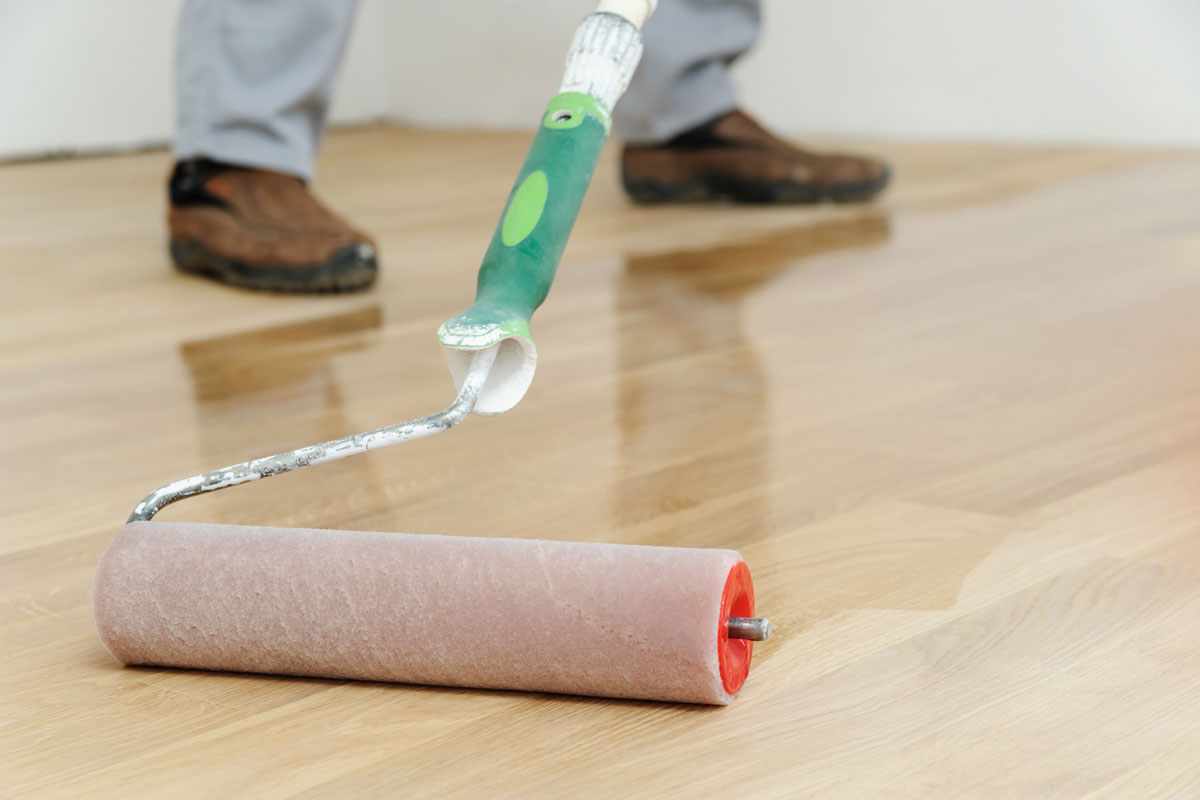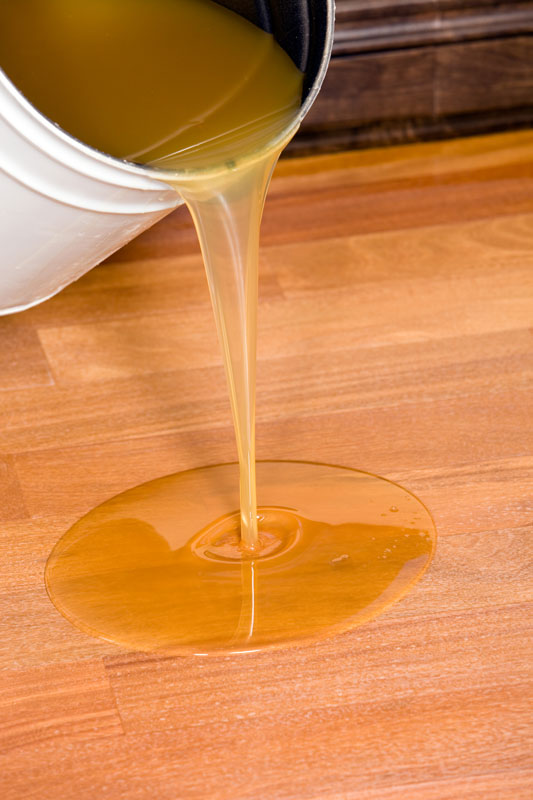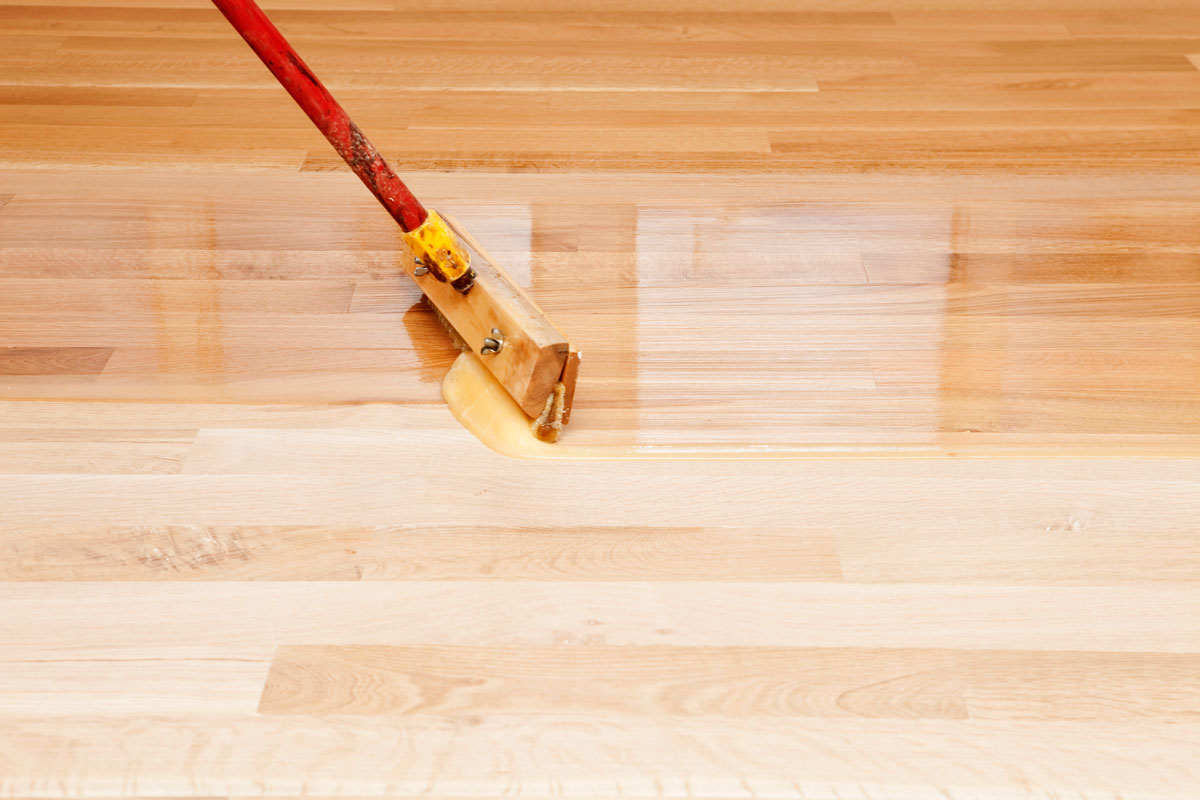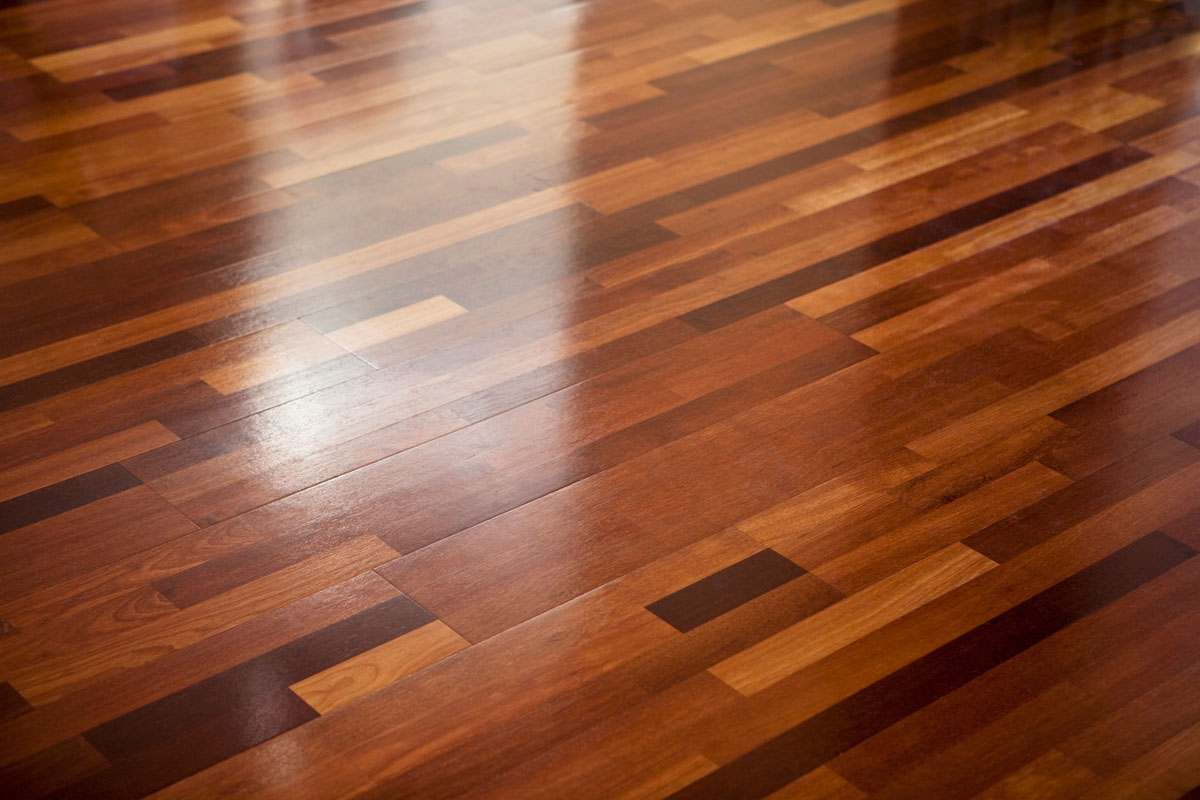The floors you stand on in your home should be solid like the ground you walk on. Hardwood floors need proper care to handle traffic and look fresh and new. You might be in search of the best and most durable finish to use on your hardwood floors. We've asked experts, and they gave us answers.
Polyurethane is the best, most durable finish for hardwood floors. Polyurethane can be water-based or oil-based. You can choose the glossiness of the finish. Accordingly, polyurethane can make hardwood floors shiny or matte while protecting them.
The effect you want on your hardwood floors largely depends on the polyurethane finish. Continue reading as we break down each of the types of polyurethane finish and how they differ.

Hardwood Finishing
Elegant hardwood floors would make anyone a proud homeowner. Moreover, they raise the home value and make your guests visit often. Experts have named polyurethane the best finish available.

We may include affiliate links and curated AI content to highlight top design styles.
Homeowners can choose either an oil-based polyurethane finish or a water-based one. Both are excellent choices despite their differences and strengths.
Oil-Based Polyurethane
An oil-based polyurethane finish dries slowly. This aspect allows you to work on it without leaving any marks. Experts advise not walking on your floors for at least 24 hours to allow them to dry completely.
The finish emits fumes during application. Therefore, have the room well ventilated. The oil-based finish can turn your floors into an amber color over time.

An oil-based polyurethane finish is ideal for high-traffic areas and always gives better results.
Have a look at this oil-based finish on Amazon
Water-Based Polyurethane
Use a water-based polyurethane finish for your floors to retain their original color. It stays clear and allows your floors to look the same for a long time.
Any water-based finish dries fast. For this reason, you will have to work quicker with a water-based polyurethane. You should maintain a 'wet edge' when applying a water-based finish. Otherwise, you'll have lap marks all over the hardwood floor.
Here's a water-based finish on Amazon
Satin vs Semi-Gloss
Polyurethane is a synthetic finish. Polyurethane starts as a liquid but hardens upon application. The hardened flexible layer protects hardwood floors from dust, scratches, damage, and wear.
You will find that there are two gloss levels to choose from. You can pick the type of finish you prefer for your floors. They are both very durable.
Satin
Satin has a low amount of sheen that gives it a duller appearance. There are more flattening agents in satin that helps hide any imperfections on your hardwood floors.
Dirt is less noticeable on hardwood floors with a satin finish. In addition, it makes footprints or shoe marks harder to detect.
Semi-Gloss
The semi-gloss finish has more shine and luster to it. There are fewer flattening agents in a semi-gloss finish.
Hardwood floors covered in semi-gloss finish reflect more light. Therefore, it highlights any issues with your floors. It can also make footmarks and debris visible.
However, a semi-gloss finish is easier to maintain than a satin one.
Can You Mix Satin And Semi-Gloss Finish?
Yes, you can mix the two. Sometimes you might not like a shiny or dull look on your hardwood floors. You can easily create the sheen you feel will be bright enough for your decor.
Start by allowing the flattening agent to settle at the bottom of each can. Pour the decant and some of the gloss finish but leave the agent at the bottom. Do the same for the satin finish.
Mix the semi-gloss with satin to create the perfect sheen for your hardwood floors. Upon application, the last coat will be the determining one.
Use oil-based finishes to create a new sheen. Water-based ones don't work well because the flattening agent settles slowly.
Can You Use Satin Polyurethane Over Semi-Gloss?
Absolutely! To combine the two types of polyurethane on your floor, they need to adhere well for perfect results.
Start by sanding the semi-gloss hardwood floors. Then, wipe the dust off with a damp cloth. Quickly apply a thin coat of satin polyurethane and let it dry.
When the coat dries, sand it down again and wipe the dust with a damp cloth. Allow the floor to dry. Afterward, you can apply a second coat of satin.
You will need to apply a lot of elbow grease to get a perfectly finished hardwood floor.
How To Apply Polyurethane On Hardwood Floors

Applying polyurethane is relatively easy, and you can embark on this as a weekend DIY project. Assemble the items and tools you will need for the job.
They are:
- 3" or 5" bristle brushes
- Mop
- Broom
- Builder's tape
- Gloves
- Sandpaper or sanding machine
- Tack cloth
- Applicator or roller
Follow these easy steps for a proper application.
- Start by preparing the surface. Sweep the floor and mop it thoroughly. Use a mixture of water and vinegar with a ratio of 10:1 to remove any stains, fine dust, and grease on the floor.
- You can remove the base wood trim or cover it with tape to avoid it getting stained.
- Open the can and stir it evenly. The flattening agent tends to settle at the bottom. Don't shake or whip the polyurethane to avoid creating bubbles in it.
- Start application from the furthest corner of the room. Move gradually towards the door.
- Use relatively small strokes and overlap them. Alternate between the center and edges when applying. It will stop the polyurethane from drying before you complete applying.
- Before applying each coat, sand the polyurethane down. Use an abrasive pad for water-based polyurethane and steel wool or rougher sandpaper for an oil-based one.
Applying polyurethane might be quite tasking for first-timer DIYers. It's best left to professionals or professional DIYers.
Here's a video demonstrating the process.
How Many Coats Of Polyurethane Do You Need?
Experts advise applying three coats of polyurethane. Depending on the quality of the surface, you can use either two or four coats. Allow the finish to dry thoroughly in between the coats.
Oil-based polyurethane finish takes a minimum of 24 hours to dry. Water-based polyurethane dries in about 10 hours.
It's better to apply the finish during warm weather. Additionally, do it in a properly aerated room. Warm weather helps the finish to dry faster.
Do not walk on your hardwood floors with shoes or barefoot. Allow the finish to dry without being scratched or chipped. If you must walk over it, wear socks.
Can You Sleep In Your House After Applying Polyurethane?

No, you cannot. The polyurethane emits fumes that are dangerous to inhale. Experts advise homeowners to stay out of their homes for at least two days after applying the finish. You can extend the number up to five days.
You could sleep in other rooms available. Although, the toxicity from the fumes could be a health hazard for your household.
What Is The Best Applicator For Polyurethane?
There are different applicators in the market. You should choose one that works for either water-based or oil-based products.
You can purchase rollers, brushes, T-bars, or pads. Use synthetic applicants for water-based products, and lambswool or China-bristle brushes for oil-based ones.
Lambswool applicators don't work well with water-based finish because they soak a lot of product. A water-based finish needs to be applied in thin coats for the best results.
Check out this lambswool applicator on Amazon
What Are The Most Resistant Hardwood Floors?
Homeowners can choose the best and most durable finish for hardwood floors. But the best and most durable hardwood floors are made of White Oak, Hickory, and Hard Maple.
If a homeowner needs hardwood floors resistant against practically any wear and damage, they can consider the three above. They are the best for homeowners with dogs and cats.
Hickory and Oak tend to have interesting grain patterns that produce dramatic floors. Hardwood floors with a scratch-resistant finish can serve you for a long while.
Closing Remarks

Polyurethane is the best finish for hardwood floors. Homeowners can pick either water-based or oil-based formulas. Proper application is important to achieve the best results.
Use the correct applicator and allow the finish to dry thoroughly in between coats. Stay out of your home for at least two or more days to avoid inhaling the toxic fumes from polyurethane.
Have a look at these posts:






